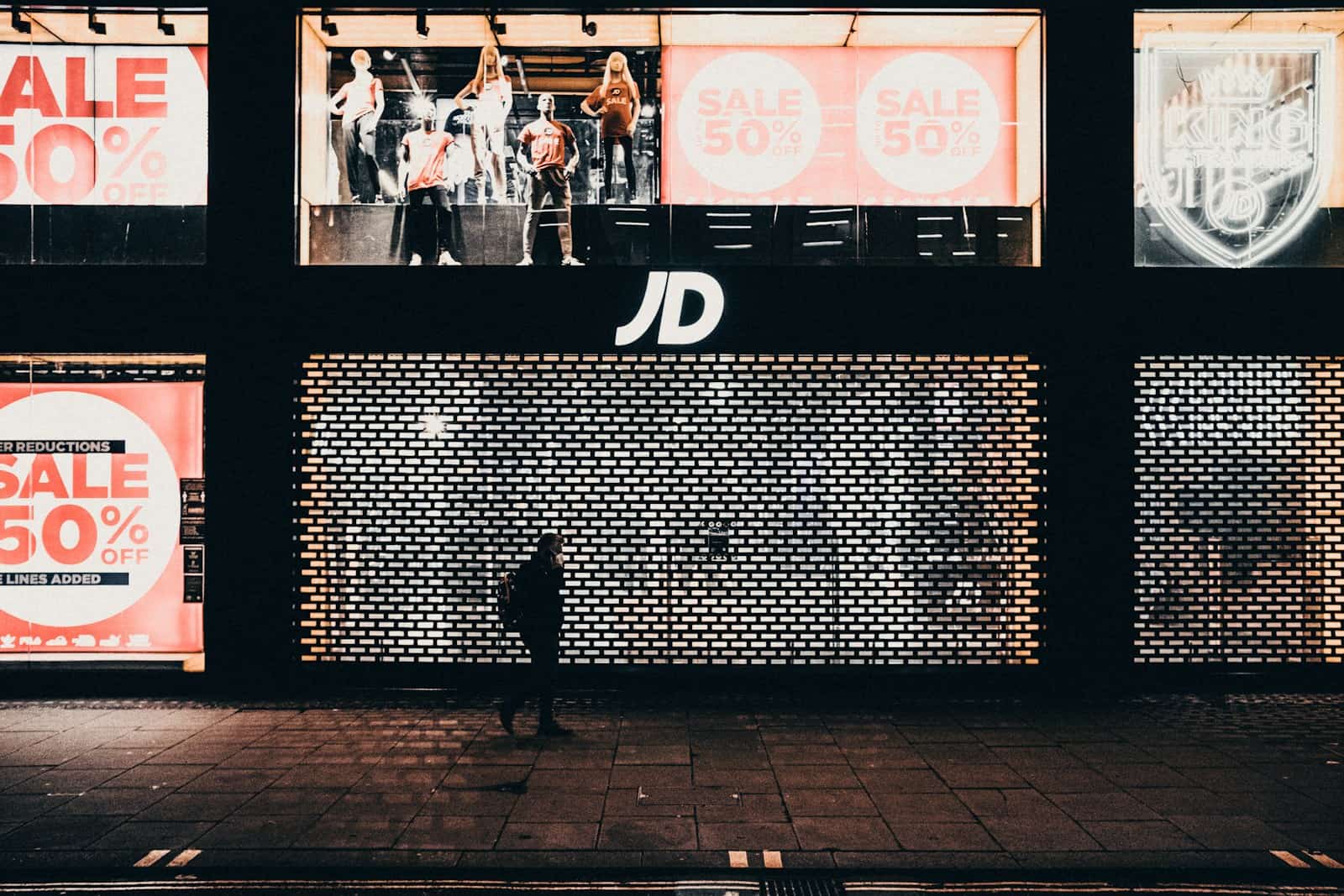
Photo by Samuel Regan-Asante on Unsplash
How Will JD Sports Do After Acquiring Hibbett?
JD Sports Fashion aims to acquire American athletic apparel retailer Hibbett Inc. for $1.08 billion, enhancing the U.K. company’s presence in the southeastern U.S. despite challenges in the athletic clothing market. The deal values each Hibbett share at $87.50, representing a 20% premium to the company’s closing price on April 22, the night before the announcement.
If completed, the combined companies would generate $5.8 billion (4.7 billion pounds) in North American revenues, according to The Wall Street Journal. JD Sports anticipates earnings growth within the first year and plans to finance the deal with $300 million in U.S. cash reserves and a $1 billion bank facility extension.
In January, JD Sports also faced a setback with its profit forecast, leading to a sharp drop in its stock market value of nearly 23%. The downgrade was attributed to various factors, including higher costs and subdued demand from cautious shoppers. Additionally, “milder weather” conditions affected sales in the latter half of September, according to JD Sports. This decline in the retailer’s performance also impacted other sportswear companies like Frasers Group, Adidas, and Puma, as well as U.S. brands like Nike and Foot Locker.
Despite the challenges, JD Sports reported a 1.8% growth in like-for-like organic revenue for the 22 weeks ending in December, slightly below expectations. Full-year organic revenue growth is projected to be around 8%, compared to 12% the previous year.
Analysts suggest that external factors, coupled with the lack of exciting product launches, contributed to JD Sports’ subdued performance. However, the company remains optimistic about its strategy and continues to invest in its supply chain, systems, and stores.
Furthermore, analysts predict a potential shift in the American athletic retail scene, citing similarities between Hibbett’s customer base and JD’s existing banners like DTLR and Shoe Palace. Hibbett’s strong e-commerce and omnichannel platforms are seen as valuable assets in the deal.
The acquisition is expected to strengthen JD Sports’ position in the U.S. market, posing a significant challenge to competitors like Foot Locker. Experts predict increased leverage with vendors and continued market share gains for JD Sports post-acquisition.
Foot Locker’s recent announcement of delays in achieving long-term financial targets further underscores the potential impact of JD Sports’ expansion. With Hibbett’s 1,169 stores across 36 states, JD Sports will significantly increase its presence in the U.S. market.
Despite the acquisition, Hibbett’s stores are set to retain their identity, with no plans for rebranding. JD Sports emphasizes maintaining a diverse retail portfolio catering to both global and local customers.
JD Sports’ CFO Dominic Platt outlined “seven core benefits” of the acquisition, including expanded reach, complementary store portfolio, enhanced branded partnerships, and earnings enhancement.
Following the transaction’s closure, Hibbett’s leadership will remain intact, with Mike Longo continuing as president and CEO. The company will retain its headquarters in Birmingham, Alabama.
The deal is expected to be finalized in the second half of 2024, after which Hibbett will no longer be publicly traded.
Discussion Questions
How does JD Sports’ acquisition of Hibbett strategically position it in the athletic retail sector amidst increasing competition, particularly in the southeastern U.S.?
Amid challenges in profit forecasts and stock market declines, what proactive steps can retail industry leaders take to maintain investor confidence during uncertain periods?
How might JD Sports leverage Hibbett’s e-commerce and omnichannel strengths to adapt to changing consumer preferences and strengthen its competitive position in North America?
